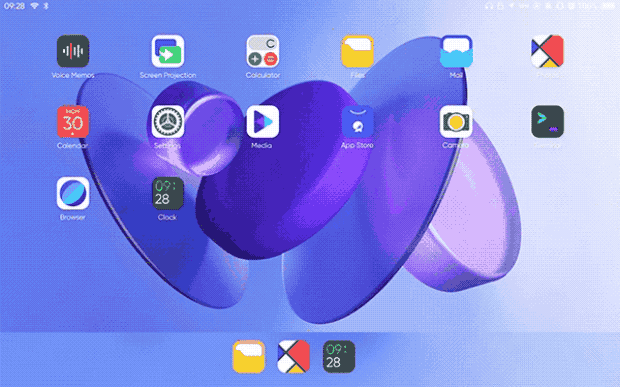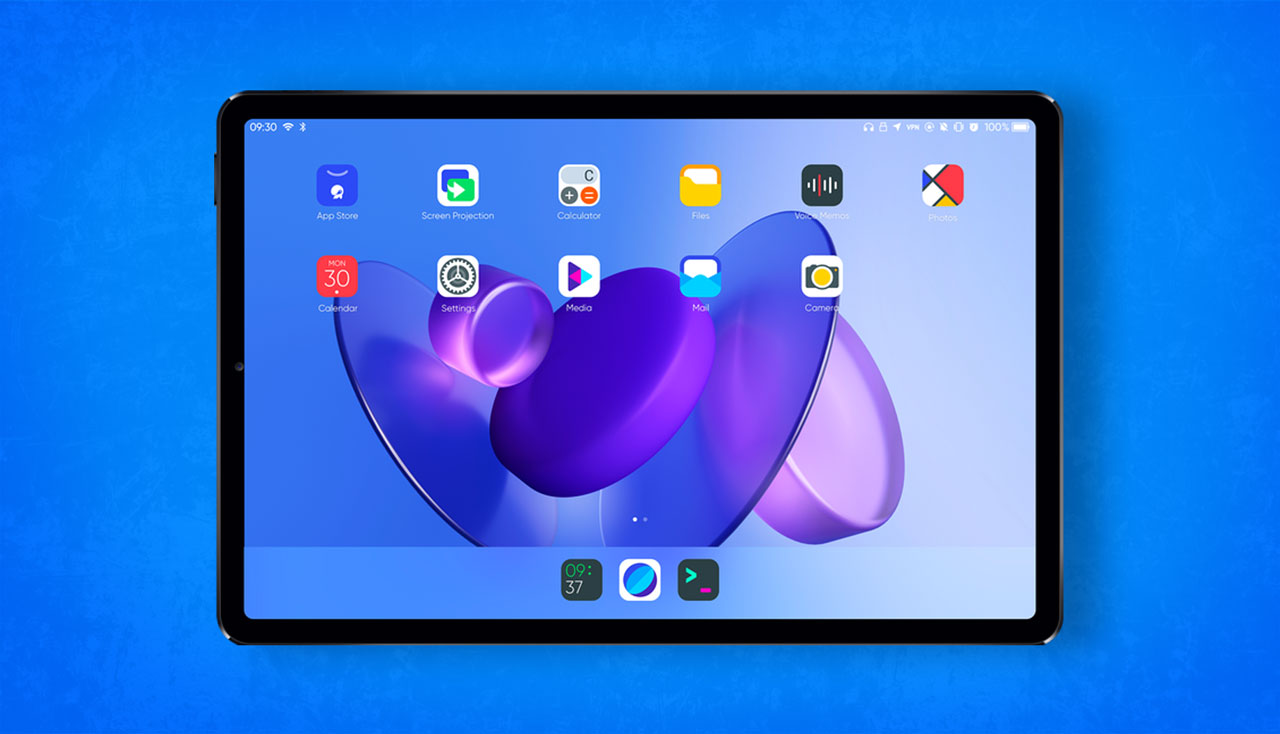I’ve seen a tonne of Linux distros come and go in the 12 years I’ve been blogging about Ubuntu, but precious few have been designed exclusively for tablet use.
So when I came across JingOS, a new Ubuntu-based distro touting a touch-centric UI, I was naturally intrigued. Tablet-based Linux distros aren’t exactly common.
Update:
JingOS 0.6 is now available to download. A stable release is planned for March, 2021.
JingOS’s developers say it is “the world’s first iPadOS-style Linux distro”. I don’t imagine anyone is going to take issue with that statement, especially once they’ve seen how it looks!
Which bring me to this promo video from JingOS developers, which demos the OS far more efficiently than my prose:
Pretty sparkly stuff, right?
Thing is, while there is a lot to look at in the clip there’s not an awful lot to “try” out firsthand —at least not yet. The video says a(n early) version of JingOS will be available to download by the end of January.
Additionally, there’s also going to be a crowdfunding campaign to raise funds for the production of bespoke ‘JingPad’ tablet (pre-loaded with JingOS, of course). This is due to launch in March.
iPad in Feel, but Linux in Power
Early “netbook” era OSes like Jolicloud and Ubuntu Netbook Remix flirted with the idea of touch-friendly “dashboards”, albeit ones designed primarily for regular mouse and keyboard input. Ubuntu Touch had a tablet guise but, spatially, it was still lipstick on a desktop paradigm.
It makes JingOS different.
This distro is designed to be a tablet first and a “laptop-lite” experience second. And I do mean “lite”; this is not trying to be a desktop Linux distro that runs tablet apps, but a tablet Linux distro that can run desktop ones – a distinction that’s worth keeping in mind.
For instance, the distro comes with its own set of default apps for calendar, file manager, and web browsing, and they’re all designed to be touch-first. Pointer-based software (like WPS Office, demoed in the video) still works, but finger-smudges not mousey-clicks are front and centre in its world.

I know what you’re probably thinking, and I thought the same: this looks a bit too good to be real.
Developing a UI, maintaining an OS, and curating hardware support are three colossal tasks. Each has its own pitfalls and potential problems. JingOS is clearly glossy, so it’s easy to look at this project and assume it’s a case of style over substance.
We’ve been bitten before. Canonical’s mobile gambit looked great in the design mockups and swishy promos but it didn’t bear out in code.
But I’m optimistic.
Linux distros like Deepin and Kylin, as well as projects like the PinePhone prove that flashy new UIs can indeed be created, updated, and rolled out on top of modest foundations. After all, ambition starts somewhere.
Summary
JingOS looks like a promising new Linux distro catering to tablet users first and foremost. While it’s clearly “inspired” by Apple’s iPad OS that’s no bad thing: over 500 million iPads have been sold to date.
If the team makes good on their claims, JingOS could be one of the most exciting Linux distros of 2021. JingOS will even support regular PCs, but its developer say that without a multitouch screen you won’t experience all it has to offer.

